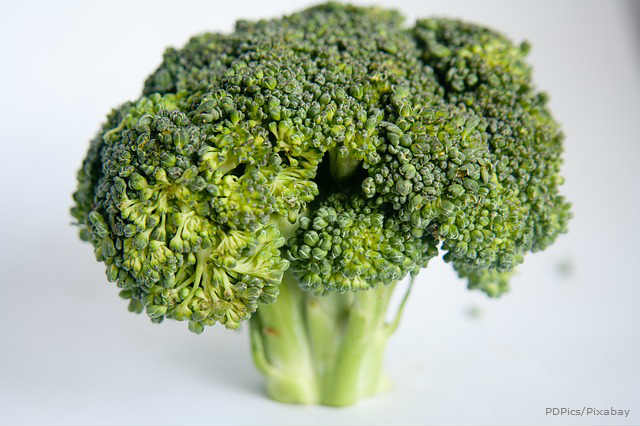Warm-season vegetables or cool-season vegetables? Summer squash or winter squash? Knowing what vegetables to plant during different seasons will help make sure your garden yields delicious crops instead of wilted weeds.
A vegetable needs either cool or warm weather to flourish so they sort themselves into two groups: warm-season crops and cool-season crops. Warm-season crops are planted in the summer and cool-season crops are planted in spring and fall. Planting during the proper seasons is the first step to
a successful garden.
Find your zone 
Knowing what growing zone you fall into is crucial when gardening. It lets you know how your plants will fare when you plant them. The hardiness zone is a geographically defined area where a category of plant life is capable of growing. It's defined by climate conditions including its ability to withstand the minimum temperatures of the zone.
You can find more information about your particular hardiness zone by visiting your local garden center or doing some reading online--specifically the United States Department of Agriculture's website.
Once you know what zone you live in, you'll be able to choose plants able to survive in your climate.
Spring and fall planting (cool-season)
Preparing to plant requires planning and basic knowledge of your climate. You should have a good idea of when the first frost hits your area, as it can be detrimental to certain plants.
Hardy and semi-hardy vegetables should be planted in early spring for spring harvests and in the late summer for fall harvests. If you're buying seedlings, they will begin to show up in your local garden center just before the proper planting times for your area.
Try some of these in your garden for a spring or fall harvest:
Hardy vegetablesHardy vegetables can tolerate hard frosts (25 to 28 degrees F) and are good for spring and fall gardens.
- Broccoli
- Brussels sprouts
- Cabbage
- Kale
- Leeks
- Parsley
- Turnips
Semi-hardy vegetables
These vegetables can tolerate light frosts (around 29 to 32 degrees F) late into fall and through winter in milder climates. Try these semi-hardy vegetables in your garden:
- Beets
- Carrots
- Endive
- Irish potatoes
- Radicchio
- Swiss chard
Summer vegetables (warm-season crops)
Summer vegetables should be planted in high spring after the frost threat has already passed. These vegetables are more tender and need the warm weather to grow -- usually between 65 and 90 degrees F. Vegetables like tomatoes, zucchini and beans need warm soil and warm temperatures--hence your garden becoming overrun with zucchinis in July and August. Once the frost sets in, the plants will die and need to be replanted the following year.
Try these warm-season vegetables in your garden:
- Beans
- Corn
- Cucumbers
- Melons
- Peppers
- Squash (zucchini, summer and pattypan)
- Tomatoes
Perennial vegetables
While the term perennial isn't always applied to vegetables, there are some varieties that will come back the following season in certain zones.
Asparagus takes three years from seed to harvest and most people plant one-year-old crowns in their gardens, available from nurseries or catalogs.
Rhubarb sends up new leaves in the spring and dies back in autumn. The leafstalks are edible -- DO NOT EAT THE LEAVES. THEY ARE POISONOUS. Rhubarbs should be planted in late winter and early spring and should be allowed to grow for two full seasons before harvest.